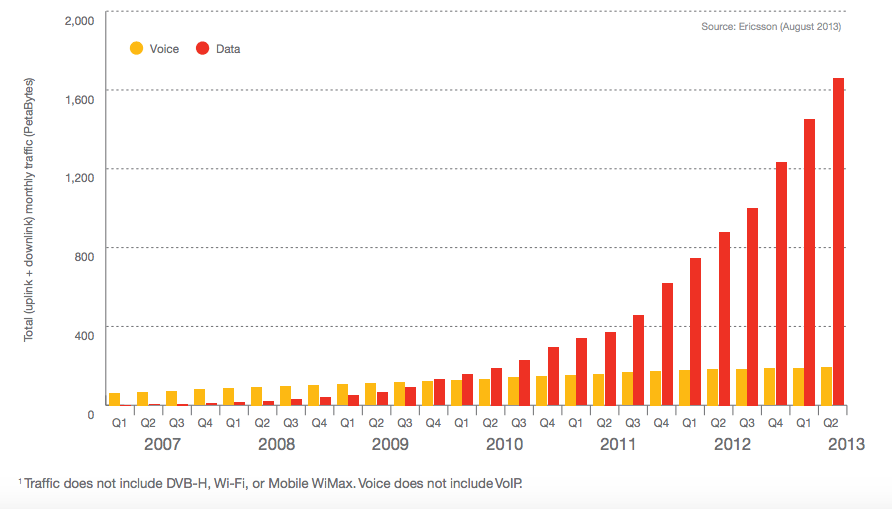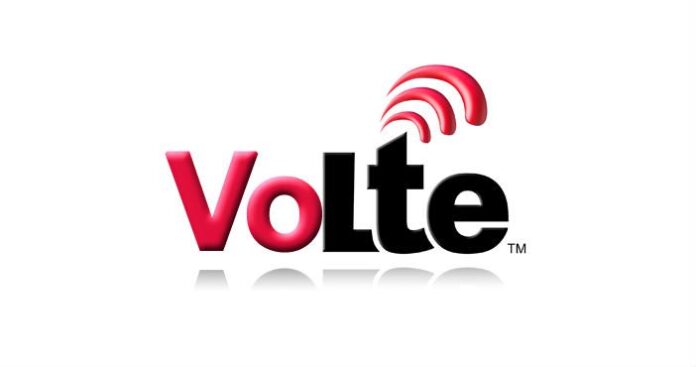Voice communication may not have the hype of high-speed data services, but VoLTE and digital assistants show the market has next-generation potential.
Editor’s Note: Welcome to Analyst Angle. We’ve collected a group of the industry’s leading analysts to give their outlook on the hot topics in the wireless industry.
Data was most the glamorous and preeminent mobile network service over the last decade, but voice calling remains as crucially important to technology suppliers and network operators as it is to mobile phone users. Voice still accounts for around half of operator revenues and its legacy is at least as important as data’s in determining how and when previous generation networks can be retired and fully replaced with LTE and upcoming “5G.” Only then can next-generation network transformations be deemed complete.
Voice has also moved with the times and harnessed technological innovations. Whereas mobile data communication was also initially circuit switched, voice too is now increasingly packetized, as well as of higher quality with “high-definition” capabilities and value added with digital assistants.
Data has become queen but voice remains undeposed king
Since the introduction of “2.5G” packet-data services with GPRS from around the turn of the millennium, network improvements including generational advances have been overwhelmingly defined by increases in end-user data speeds. Data has become preeminent on mobile networks since the advent of the modern smartphone, beginning with the Apple iPhone one decade ago and with the predominance of smartphone sales since 2013. Data surpassed voice in terms of network traffic in 2009. With exponential growth, the former outstripped the latter 30-fold by year-end 2016. Nevertheless, according to Ericsson’s November 2016 “Mobility Report,” voice traffic globally has grown in the mid-single digits per year since 2011.
Global total data traffic in mobile networks, 2007-2013

The ability to make and receive calls reliably any time, anywhere remains a vital capability. Voice calling still accounts for around half of operator revenues, although bundled smartphone service plan pricing makes such allocations rather uncertain or arbitrary. However, regardless of minutes of use volumes, this old app remains crucially important for person-to-person communication, for access to emergency services and increasingly as the man-machine interface with personal assistants such as Apple’s Siri, Google Assistant, Microsoft’s Cortana and Amazon.com’s Alexa.
VoLTE with SRVCC
Voice calling was initially something of a nuisance with LTE. With the overriding objective of creating an all-IP LTE network for “data services” such as browsing and file downloads (i.e. including no circuit-switched voice capability), voice calling initially required “fallback” to the existing 3G HSPA or even 2G GSM networks for both the circuit-switched voice call and any active data packet-data connection. Similarly, interworking between LTE and legacy CDMA networks also presented significant challenges.
With additional technology developments and consensus-based standardization in IP multimedia subsystems and in LTE, including certain enhancements specifically provided in LTE-Advanced to maintain call session reliability and quality, voice over LTE was implemented using single radio voice call continuity. With voice over IP on “data-only” LTE networks, VoLTE enables inter-radio access technology, Inter-RAT handover as well as a handover from packet-switched to circuit-switched voice calls.
SRVCC-based VoLTE provides significant operational benefits to operators and it enables a superior service for consumers with wideband audio codecs and noise cancelation, as, for example, promoted by AT&T:
• Crisp call quality.
• Less background noise.
• Simultaneous voice and data at 4G LTE speeds.
VoLTE is a success. With VoLTE launches beginning in 2013, several operators have aggressively deployed this capability including major U.S. operators AT&T Mobility, T-Mobile US and Verizon Wireless. Implementation in technology supply with numerous VoLTE-capable smartphones has been substantial, as has uptake by consumers. T-Mobile US claims 70% of its calls are now VoLTE-based.
Work in progress
Many mobile operators would like to retire their 2G and 3G networks to increase operational efficiencies. For example, 3G technologies are more spectrum efficient than 2G technologies and eliminating legacy networks enables spectrum to be refarmed so radio carriers can be aggregated to provide additional capacity and increased data speeds with LTE. AT&T has already retired its GSM network. T-Mobile US also states that its rapid migration from circuit-switched voice to VoLTE will help it move to an all-LTE network. Speaking recently during Mobile World Congress 2017 in Barcelona, Spain, T-Mobile US CTO Neville Ray explained that the company would like to have GSM turned down by 2020, if not sooner. “What do we do first, 3G or 2G? That’s primarily driven by what you can do on voice.”
However, there is still much to be done before the voice network transformation is complete with both 2G and 3G networks eliminated. For example, customers with older phones must be switched to newer models that support VoLTE.
Interoperability among network operators and roaming is also required. For example, AT&T Mobility and Verizon Wireless have been working on the former in the U.S. so that as many internetwork calls as possible can preserve the same levels of VoLTE call quality achieved intranetwork. The absence of these capabilities does not prevent anyone from making or receiving calls, it simply means that VoLTE’s enhanced capabilities are not realized end-to-end on every call and so calls will be of similar quality to traditional calls in those instances.
New voice
The rise of personal assistants has created a whole new category of voice usage for our smartphones. It is anyone’s guess how pervasive this might become.
Voice recognition is partially in devices and most significantly in the cloud. The latter enables the greatest sophistication and power in processing, as is necessary to interpret different accents and various linguistic subtleties.
As noted by a voice recognition expert who blogs on the topic, questions asked of digital assistants are largely forwarded to the cloud as audio following an initial trigger.
“Most of the major speech engines deploy a combination of embedded plus cloud-based recognition. This is most noticeable in commands like ‘Hey Siri,’ ‘OK Google,’ ‘Hey Cortana,’ ‘Hi Galaxy’ and ‘Alexa.’ All of these cloud-based recognition systems use embedded ‘trigger’ phrases to open the cloud connection to ready itself for the speech recognition.
Embedded trigger phrases allow a few improvements and practicalities over cloud-based approaches. For one, having an embedded recognizer ‘always on’ is a lot less creepy than having your conversations going up to the clouds for Google and others to analyze any way they want. Since it’s on-device, there’s no speech recording or transmitting until the trigger phrase is spoken and the trigger listening is done in real time without your speech being sent off.
There are also practical reasons for an embedded wake-up trigger, and a leading one is power consumption. Running exclusively on in the cloud would require lots of data transfer and analysis.”
Future voice
With enduring demand for person-to-person calling, increasing popularity for live streaming of voice together with video and voice recognition in the cloud – all carried end-to-end together over unified IP-based access and core networks – any lingering distinctions between voice and data in the network will soon disappear.

Keith Mallinson is a leading industry analyst, commercial consultant and testifying expert witness. Solving business problems in wireless and mobile communications, he founded consulting firm WiseHarbor in 2007.

